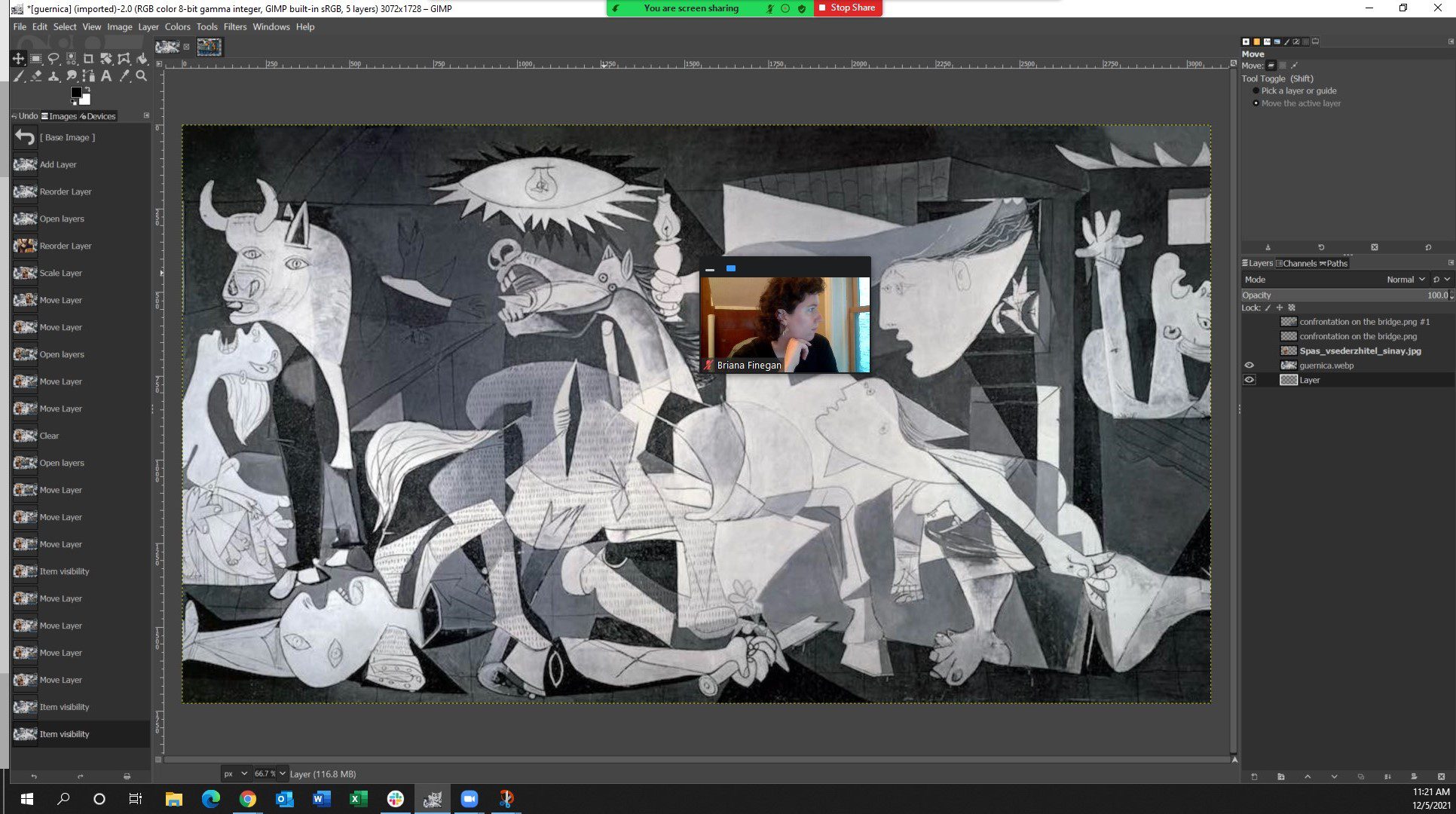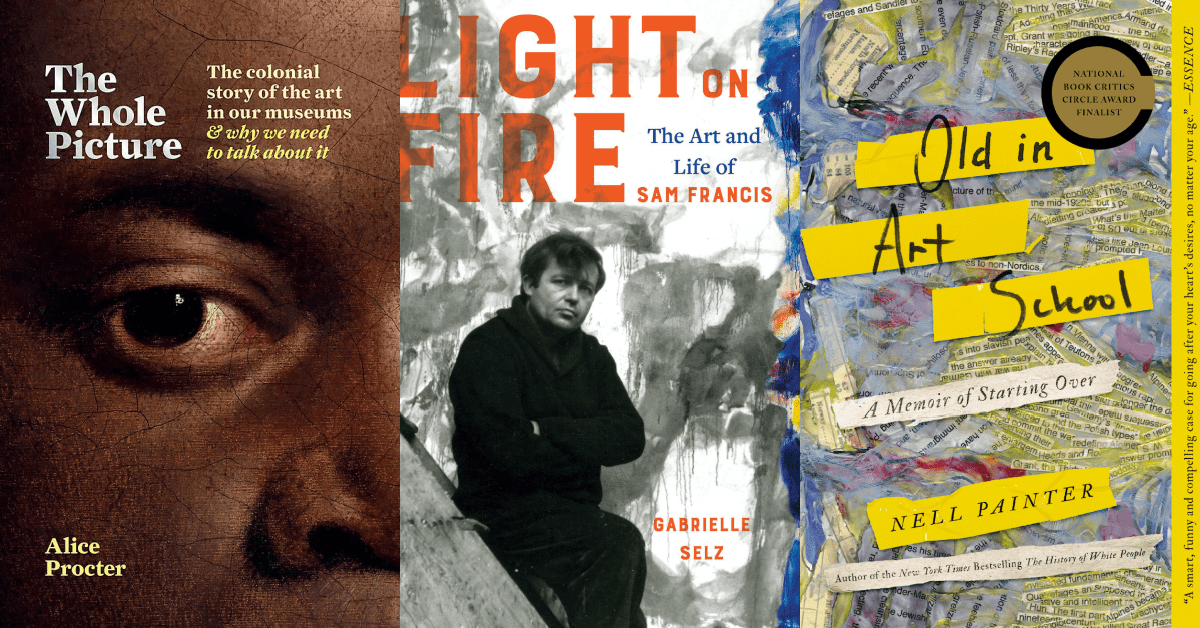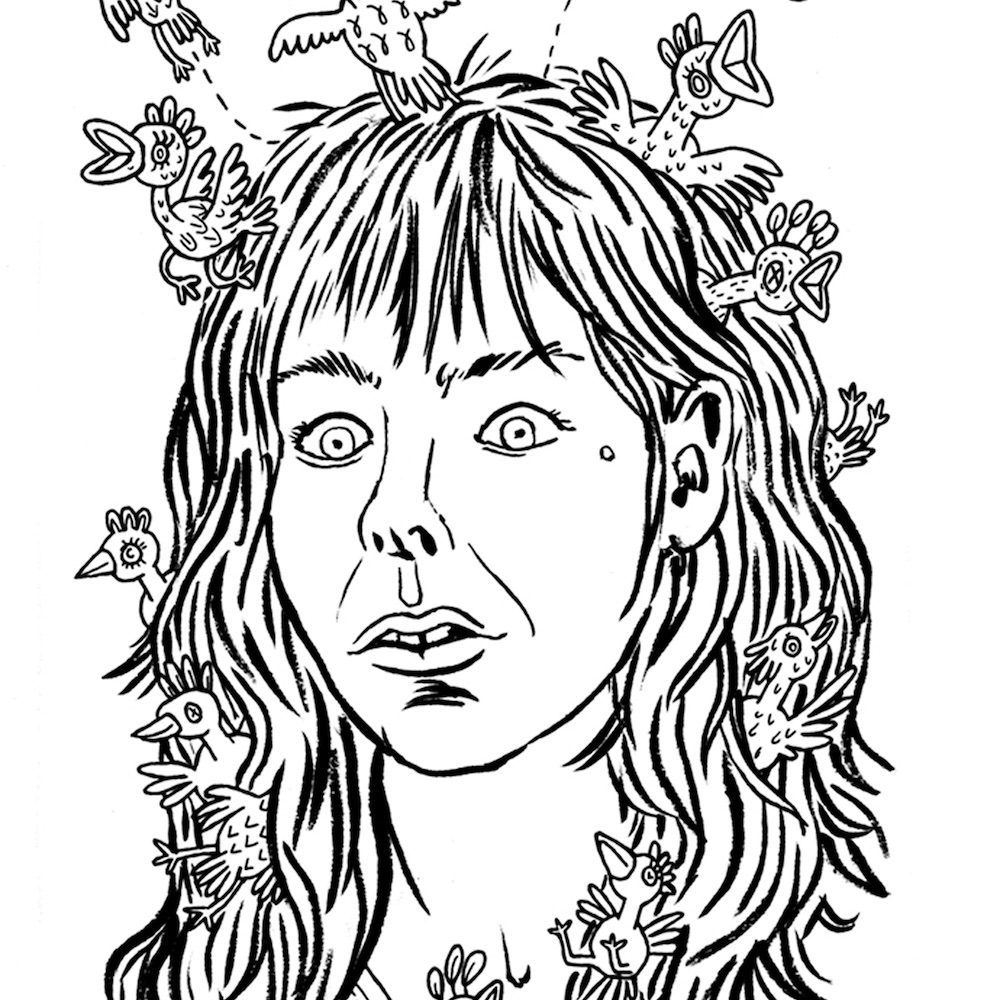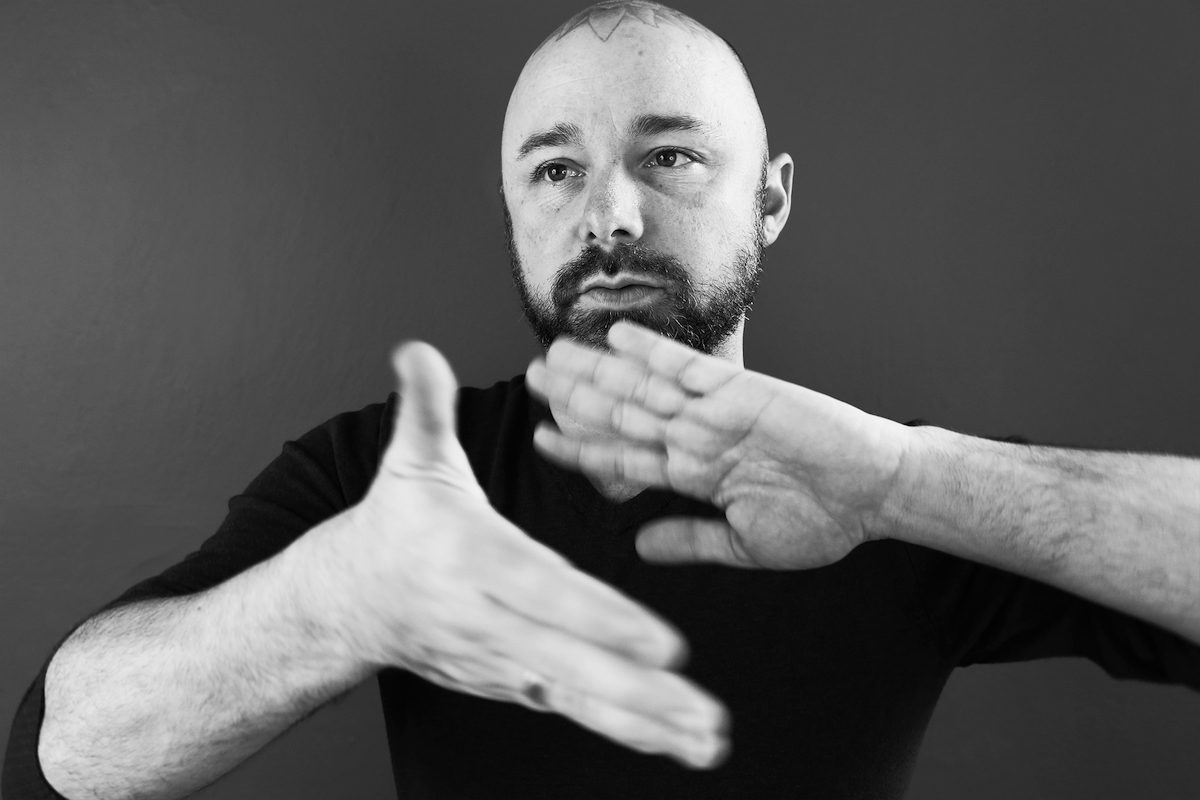
Artist Simen Johan trucks in the demystification of artful dodging. Regardless of what medium he works in or the subject he chooses at any given moment, whether it is live llamas, roadkill fox, or children, forcing us to look behind our rationalizations is foremost on his mind. A former film student from Sweden, Simen switched to photography when he moved to the States out of necessity, since it was too costly to pursue film. He wouldn’t, however, call himself a photographer in the traditional sense.
The primal experience of life is what he aims to get at, which is why animals and children are subjects that interest him. “We act on desires and fears,” he says, “rather than reason.” Adults tend to reason around their efforts to enable pursuit of that which is desired. Johan contends that we want truth and answers but don’t always get the answers that satisfy us, which leads us to fabricate answers we like from whole cloth. Children and animals are privy to the primal instincts that adults craft careful disguises for. The subversion of expectation effected by Johan’s work jolts you out of your comfort zone and causes you to re-think what you are observing, even if it is an albino deer slightly more brilliant than you have ever beheld (if you have ever beheld and albino deer).

Though his current medium of choice is photography, his creative process has less to do with capturing a moment in time than it does with careful craftmanship. Johan is not interested in the instantaneousness that is the advantage of the medium. He cares more about constructing an image over time that may involve a painstaking synthesis of skies from Norway, terra firma from Spain and animals from dioramas taken on the sly. In fact, for his 2006 series Until the Kingdom Comes, he snuck into the Museum of Natural History with a mini tri-pod, a glass blanket and an intern to shoot moose. But while even his taxidermied subjects look more real than the living, most of the animals he currently photographs are alive—just very very still. His work speaks to the majesty, humor and irony of living.
Johan’s very early photography, produced while he was still in school, utilizes black and white images of children, sometimes sexualized. But this subject was a choice guided by his interest in combining “truth and opposites” rather than by a desire to make a statement about sexuality, which is beside the point. And some might miss his subtle objective, as perhaps Michael Jackson did when he purchased Johan’s book, Room to Play, containing Johan’s early work, which book was confiscated during Jackson’s 2005 trial, along with other books and paraphernalia, from his Neverland Ranch.

The possessions of pop-stars aside, Johan’s next project might involve sculpture rather than photography or he may soon turn his attention to his initial attraction, film. But though his medium may change, his objective will stay trained on awakening us to our inner urges.




